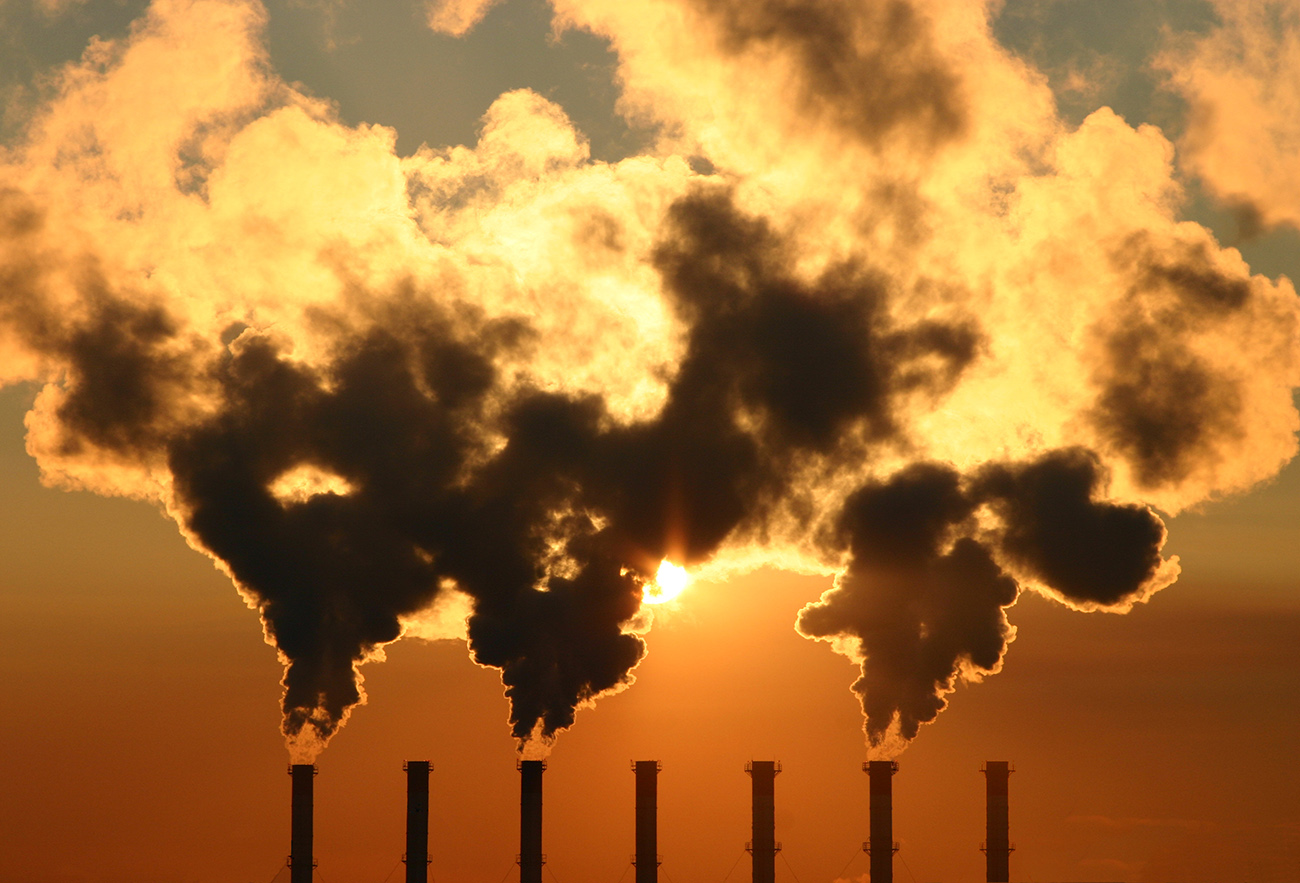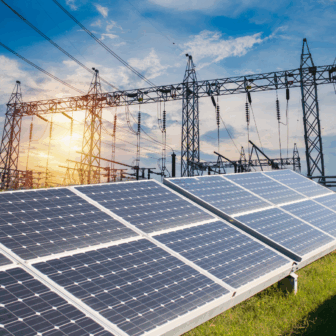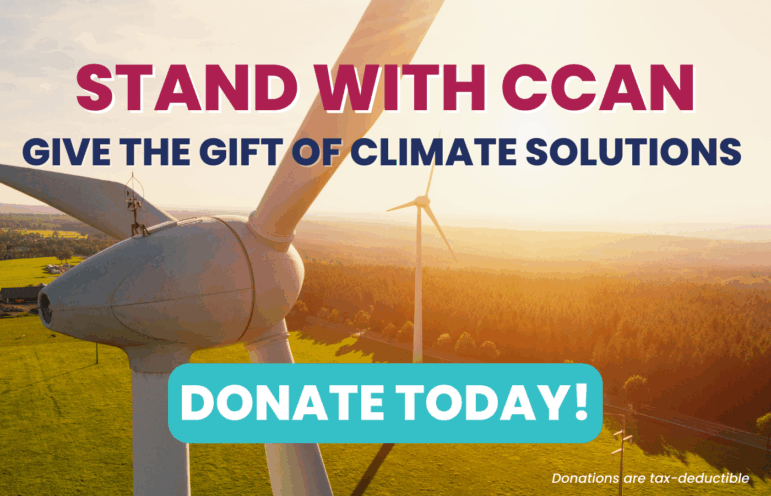By now you may have heard that the Environmental Protection Agency has released a new set of rules designed to cut carbon pollution that leads to climate change. As the rules stand today, Virginia must reduce its carbon footprint by 37% by the year 2030 (the guidelines of the rule will be finalized in June of next year).
As predicted, big coal and its defenders have drawn their swords in a clash they’re billing as the ultimate War on Coal showdown between hard-working families and job killers in Virginia.
Of course, the rules aren’t too onerous for the coal industry, but they’re much needed to start curbing the effects on climate change which will get significantly worse over the course of the century unless we take action, as the Intergovernmental Panel on Climate Change (IPCC) recently warned.
EPA is accepting comments from states through December 1st on its new rules. Which begs the question: what side should Virginia be on? And how do these rules affect citizens in the Commonwealth? More importantly, how can Virginia use these rules as an opportunity to grow its clean energy workforce while reducing harmful pollutants in our environment?
Virginia’s State Corporation Commission staff, the administrative body charged with ratemaking within the “public interest” of the citizens, has clearly staked a position on the side against the EPA and its efforts. In an unusually blunt and bombastic set of comments delivered to the EPA, the SCC staff scolded the agency for issuing rules they deemed unlawful, unachievable, and certain to lead to drastic increases in rates for Virginians.
Interestingly, within the SCC staff’s 50-plus pages of comments bashing the Clean Power Plan, is this line: “To be clear, these comments take no position on the broad policy issues regarding how reliability risks and compliance costs caused by the Proposed Regulation compare to the environmental benefits asserted by the EPA.”
Excuse me if I’m mistaken, but isn’t one of the main purposes of the Clean Power Plan, part of President Obama’s Climate Action Plan, to avoid the enormous mounting costs of climate change and, therefore, see the enormous benefits — to our health, economy, and well-being as a society — of reducing CO2 pollution?
A colleague of mine made this analogy. In the late 1990’s the federal government passed a law mandating airbags for most passenger cars, trucks, and vans on the roads. SCC staff’s comments criticizing the Clean Power Plan without considering climate benefits would be akin to some regulatory agency in the 1990’s bashing the airbag law because it increases the price on vehicles while giving the disclaimer that “we take no position on the life saving benefits of vehicle airbags in relation to incremental price increases on vehicles”.
SCC staff’s analysis is shortsighted. However, they are an important group of officials who have become influential in Virginia’s ability to craft policies to meet the new EPA rules, which are due by June of 2016.
On Wednesday, November 19th, SCC staff will brief members of the Senate and House Commerce and Labor committee on their interpretation of the effect these rules have on Virginia. Representatives from the utility industry, Attorney General’s Office, the Department of Environmental Quality, the environmental community, and others, will also have a chance to weigh in. On Wednesday, we will get the opportunity to see where numerous agencies, businesses, and community members stand on the first landmark set of rules designed to help win the climate battle.
We all know the benefits clean energy and less fossil fuel pollution provide citizens. Virginia has the opportunity to leverage these rules to provide a spark to clean energy development and reap millions of dollars in new revenue from 21st century technologies.
It’s time to ask your representatives, state officials, business leaders, and community members: whose side are you really on?






